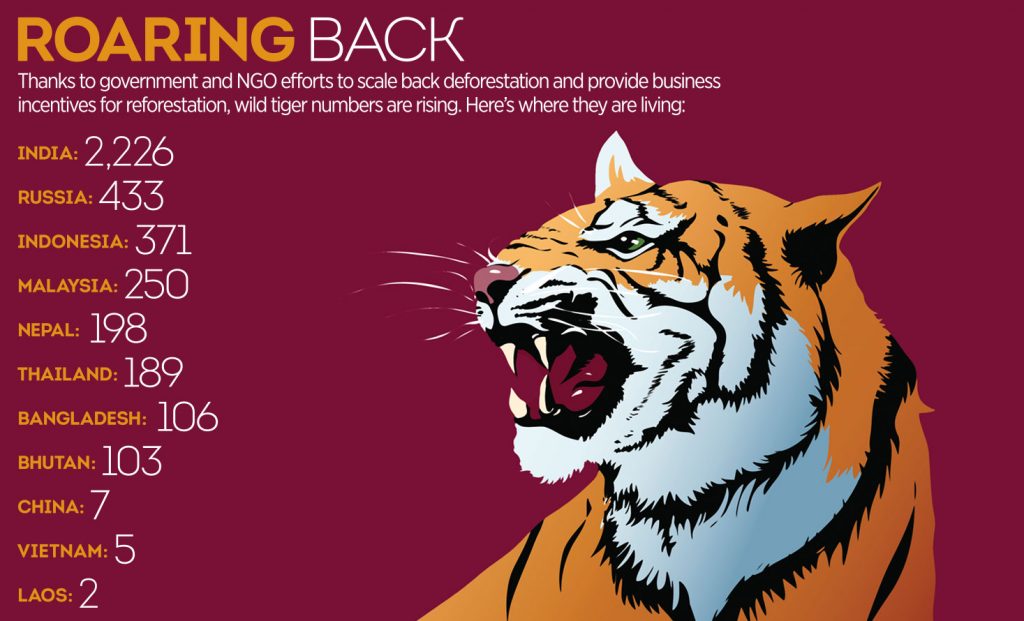Dreams nobody wanted: when massive infrastructure projects go wrong
Big new infrastructure projects can seem tantalisingly good ideas on paper, but in reality can turn out to be costly mistakes
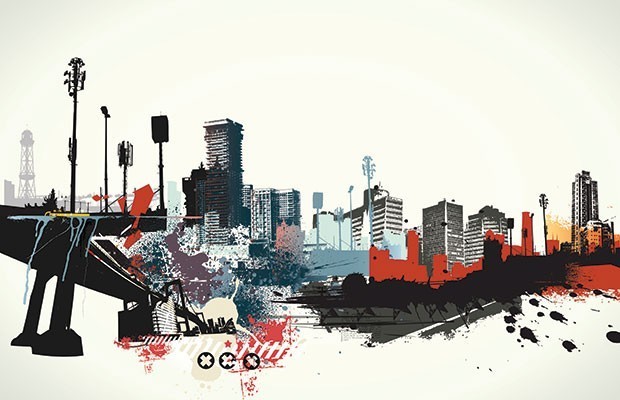
Throughout history there have been grand infrastructure projects enthusiastically touted by governments or private backers as ways by which countries can be transformed. However, many of the most carefully laid plans have been rendered obsolete by sudden innovations that nobody saw coming
Imagining what the world will look like in the future is a fool’s game. Many of the most carefully laid plans have been rendered obsolete by sudden innovations that nobody saw coming, so deciding on what to invest vast sums of public money into building for future generations is a staggeringly hard task. The problem is no more apparent than when building major infrastructure projects that are supposed to serve many generations.
While many large-scale projects have stood the test of time and greatly enhanced the lives of millions of people – from the pioneering Victorian engineers of Britain in the 19th century to the grand projects that came out of Franklin D Roosevelt’s New Deal – there are many others that either never got built or were deemed obsolete shortly after completion. There are yet others that have continued to operate successfully, but could not be deemed remotely successful when taking into consideration value for money.
Throughout history there have been grand infrastructure projects enthusiastically touted by governments or private backers as ways by which countries can be transformed
Not just pipe dreams
As governments slowly emerge from the economic catastrophes of recent years, many are banking on large-scale infrastructure schemes as a way of boosting employment and modernising their economies. However, governments face plenty of problems in getting these schemes off the ground. Paying for them is staggeringly expensive and the disruption they cause often proves hugely unpopular with people who don’t want to live near a building site. The long-term planning needed is frequently dropped when politicians are worrying about getting re-elected: the projects get kicked into the long-grass for a later generation to deal with.
In a rare sign of selflessness and foresight, Mayor of London Boris Johnson recently announced his London Infrastructure Plan 2050. He laid out plans for vast new road networks, rail and Tube lines, airports, housing, energy, irrigation, and internet networks. Johnson said long-term planning was essential if the needs of future generations were to be met: “This plan is a real wake-up call to the stark needs that face London over the next half century. Infrastructure underpins everything we do and we all use it every day. Without a long-term plan for investment and the political will to implement it, this city will falter. Londoners need to know they will get the homes, water, energy, schools, transport, digital connectivity and better quality of life that they expect.”
While such forward thinking is admirable from a politician, there must always be a level of caution when approaching large-scale infrastructure projects. Throughout history there have been grand infrastructure projects enthusiastically touted by governments or private backers as ways by which countries can be transformed. Shiny new roads, dizzyingly fast rail networks, and impressively vast new cities have all been trumpeted as essential for the growth of a country’s economy. But sometimes these projects come undone due to political bickering, poor planning and bad budgeting, resulting in white elephants and massive bills to pay. We have taken a look at a few projects that never quite worked out, as well as some that look to be going that way…
London Ringways
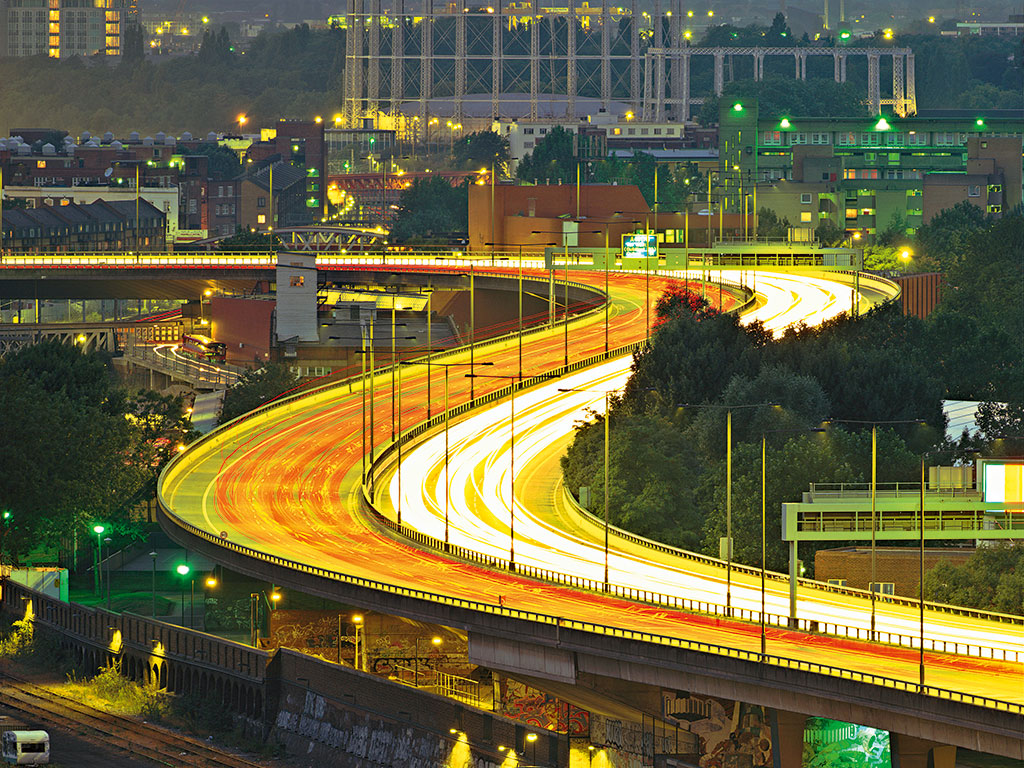
Londoners frequently bemoan the outdated transport network they have to use on a daily basis, neglecting the fact the city once boasted an infrastructure that was the envy of the world. However, years of lack of investment have led to many of the roads and rail networks being woefully inadequate for the ever-rising number of people in the city. Politicians have avoided making big decisions about expensive transport schemes in order to placate the masses of voters who would be upset by the upheaval.
One example that could have provided a cure for the UK capital’s chronic traffic problems was the London Ringways scheme. A series of four ring roads that were proposed in the 1960s, the London Ringways would have circled the centre of the capital on motorways at various distances from the centre. Designed to alleviate traffic congestion by offering a high-speed route around the centre of the city, the scheme was popular with motorists but deeply hated by those unfortunate enough to have to live near it.
Heavy opposition was organised by pressure group Homes Before Roads, which pointed out that, not only would the roads blight the environment and quality of life for people, they would also be wildly expensive. For example, Ringway One – which would have been the most central of the routes – was estimated to cost around £1.7bn in 1970, which would have amounted to roughly £22.9bn in today’s money.
In the end, the project was scrapped in 1973, but not before parts of it had already been constructed. The North Circular route was built at great expense, ultimately blending into existing roads once it was decided not to continue the scheme. Similarly, what is now known as the M25 was formerly part of Ringway Four. The only section of Ringway One that was built is the raised Westway dual carriageway
Eurotunnel
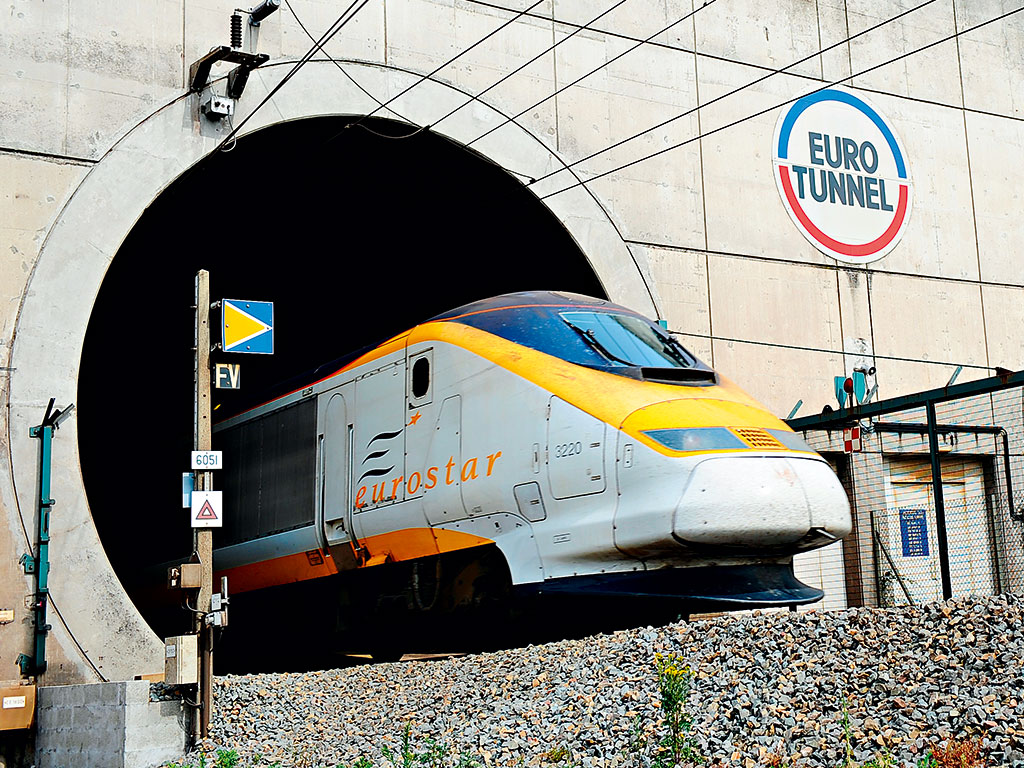
While many in Britain and France might claim they want a greater gap between their two countries, the idea of creating a direct link to boost trade and access had been proposed for nearly 200 years before it eventually became a reality (it was first proposed in 1803 and the earliest geological surveys were carried out in the 1830s).
In 1985, a consortium of British and French banks and construction companies – known as Eurotunnel – came together and successfully lobbied their two governments to build a rail link underneath the English Channel.
Based upon a 1979 ‘Mousehole project’ that had been discussed between UK Prime Minister Margaret Thatcher and French President Francois Mitterrand, the Channel Tunnel scheme would form a 31.4-mile rail tunnel from Folkestone in southern England to Calais in northern France. With construction starting in 1988, the tunnel was eventually opened in 1994 after a process that saw two mammoth boring machines drill underneath the seabed. Described by some as one of the greatest engineering achievements in modern history, the project has also been lambasted as vastly overpriced.
While the Eurotunnel group had sourced private funding for the construction of the tunnel, it had done so through public share offerings that placed huge pressure on the stock markets. When the cost of the project spiralled to £4.65bn – thanks in large part to tougher safety and security demands than expected – it represented a cost overrun of 80 percent. This in turn led to Eurotunnel having to undergo a series of debt restructuring deals throughout the 1990s, with the company losing a record £925m in 1995. A fire in the tunnel caused even more trouble for the group. The company eventually managed to stabilise the running of the tunnel, and by 1999 finally posted a modest profit.
Lapsset Project
Africa’s need for an extensive and modern infrastructure network has led to a number of grand pronouncements from various governments across the continent. While many of these projects seem fanciful, some huge schemes are in the process of being constructed. Perhaps the largest infrastructure project currently under construction in Africa, the Lamu Port Southern Sudan-Ethiopia (LAPSSET) Corridor is set to drastically transform the economy of Kenya and its neighbours.
The transport and infrastructure corridor will stretch from the Kenyan border with South Sudan in the northwest of the country to the south-eastern island of Lamu. Announced in 2012, the project will encompass a brand new port at Manda Bay in Lamu, a standard gauge railway line to Juba in South Sudan and Addis Ababa in Ethiopia, a road network, oil pipelines, an oil refinery, and three airports. It will also include three new resort cities on the shores of the Lamu Archipelago, Isiolo and Laka Turkana.
However, while all this seems like the sort of transformative scheme the region desperately needs, it has been beset by problems. An initial budget of $16bn has jumped to around $30bn, and the completion date remains unclear: it’s hoped the bulk of the project will be constructed by the end of the decade.
There have also been a number of disputes over the project’s impact on the environment, with concerns raised about the effect on marine life, forests and the Lamu Port, which is listed as a UNESCO World Heritage Site. South Sudan’s government has also complained of the slow pace at which Kenya is constructing the project, while the political conflicts and violence in the region have severely hampered efforts to get the scheme off the ground.
Sydney Opera House
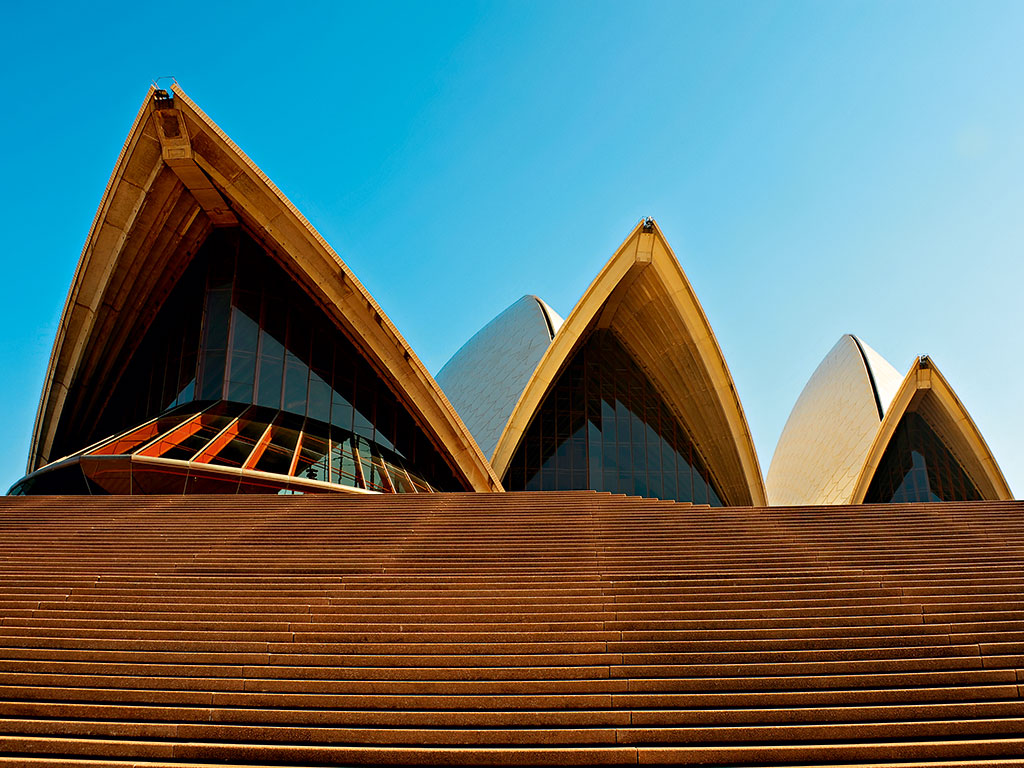
One of the most recognisable buildings in the world, the Sydney Opera House is the pinnacle of Australia’s cultural achievements. Overlooking Sydney Harbour, the building acts as a central hub for the city’s arts, with four key resident companies situated within it: the Sydney Theatre Company, the Sydney Symphony Orchestra, the Australian Ballet and Opera Australia. Danish architect Jørn Utzon was selected as the designer of the stunning arts centre back in 1957, but the building wasn’t completed until 1973 – 10 years later than originally planned.
While the building has proven hugely popular with tourists and locals, it was steeped in controversy while under construction. Scheduling overruns, spiralling costs, and a scaling down of the design all led to the architect resigning from the project before it was completed, while the government that approved it was severely criticised for claiming it would cost just AUD6.5m to construct. By the time it was finally completed, the Sydney Opera House had cost the taxpayer AUD94m – an overrun of 1,400 percent, which is a record for an infrastructure project.
Utzon’s resignation from the project came as a result of political bickering over the cost and design, as well as reluctance from the government to pay for the building. While the aftermath of his resignation had politicians and the press presenting Utzon as a fantasist unconcerned with the realities of such a major project, he has more recently been praised for his work. In 2002, the building underwent a costly refurbishment worth AUD42m, although this admittedly brought the building more in line with Utzon’s design. In 2004, the Utzon Room was opened within the building as a tribute to the building’s designer.
California High-Speed Rail
America’s lust for the road means it hasn’t adopted high-speed rail with the sort of enthusiasm seen across Europe and Asia, though rapid rail transport has certainly had plenty of advocates. One of the most high profile – and controversial – schemes is the California High-Speed Rail project.
First proposed by charismatic Governor of California Jerry Brown in the early 1980s, the scheme has been backed, scrapped, and relaunched countless times ever since. A link was proposed between Los Angeles and San Francisco in 1992, with a formal planning authority established in 1996 to develop the project. Indecision meant the project kept getting pushed back until it was approved in 2008 at a cost of $33bn.
The approval came at a time when President Obama was trumpeting the need for New Deal-style infrastructure projects to boost the US economy, but the price of the link quickly rocketed. Estimates in late 2011 put the total cost of the scheme at an eye-watering $65.4bn (although that was later revised down to around $56bn).
The scheme has faced considerable opposition from those concerned about its soaring costs, while others think it will damage the environment. There have been concerns that, by the time it is completed (supposedly in 2017), the trains will not operate as fast as high-speed networks being built elsewhere. There have also been concerns that, with California sitting atop a major fault line, the rail link might be vulnerable to earthquakes.
Others are concerned the line may cost as much as $82bn by the time it is completed. At a time when state budgets in the US are particularly constrained, many question whether it is appropriate for the government of California to be spending such sums on a rail line.
The Ghost City of Ordos
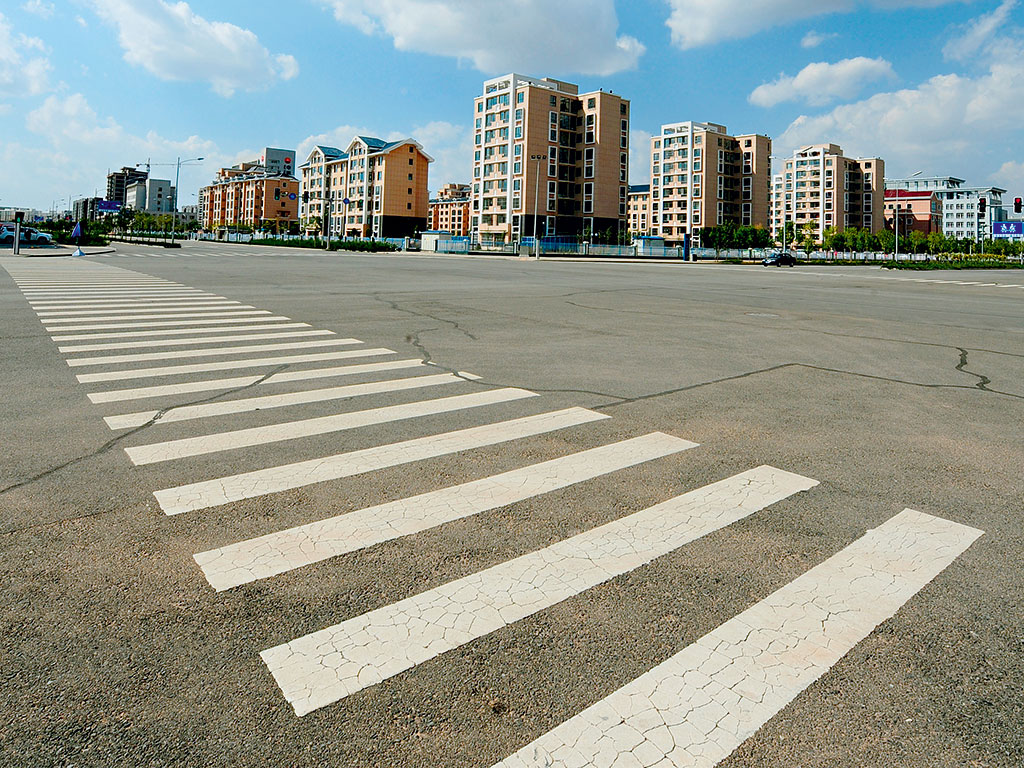
Over the last decade, China has invested its colossal wealth into catching up with the rest of the developed world. Huge new cities have sprung up across the country, with high-speed rail, modern airports, and towering skyscrapers all built to provide China’s 1.3 billion citizens with the infrastructure to spur on the country’s economy. However, there have been signs China’s government has perhaps gotten ahead of itself, investing vast sums into projects that aren’t needed and don’t get used.
The prime example of this is the city of Ordos, which sits in the deserts of Inner Mongolia. This region of northern China had traditionally been a remote outpost of the country, but now holds one of its most futuristic metropolises. Unfortunately, while Ordos was designed to cater for more than half a million people, just two percent of its buildings have been occupied. It has been described as China’s ‘Ghost City’ because of the vast disparity between the scale of its infrastructure and its lack of citizens.
The planning all began in 2003, when a group of property developers devised a large new urban hub on the outskirts of the existing city of Ordos. The aim was to transform it into a thriving commercial hub. However, building the city became far more difficult than predicted, with continued construction delays and massive overspends resulting in few people choosing to actually live there. Those that did reportedly abandoned their expensive apartments and the city now sits largely neglected, littered with empty and incomplete buildings.
A huge amount of government funds were pumped into building Ordos City, with office blocks, shopping centres, as well as lavish monuments and parks, all sitting unused by the few people that actually live there.




